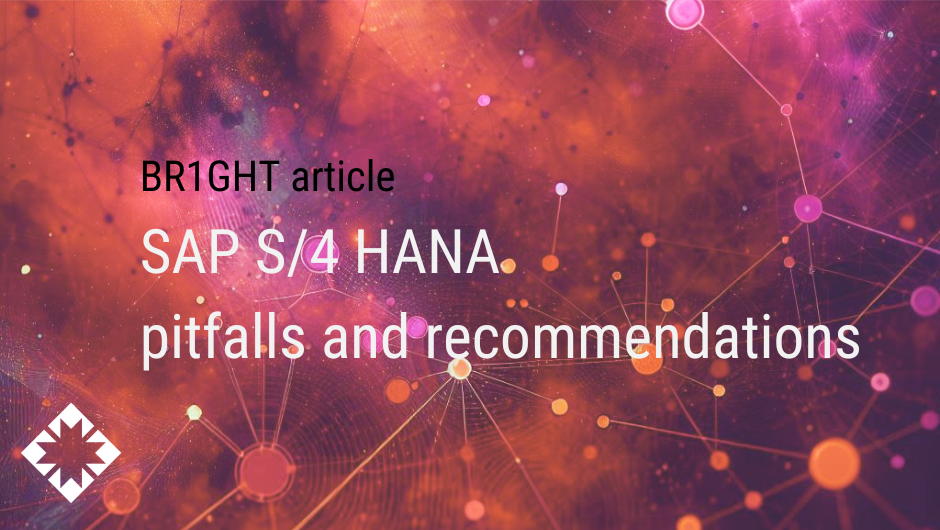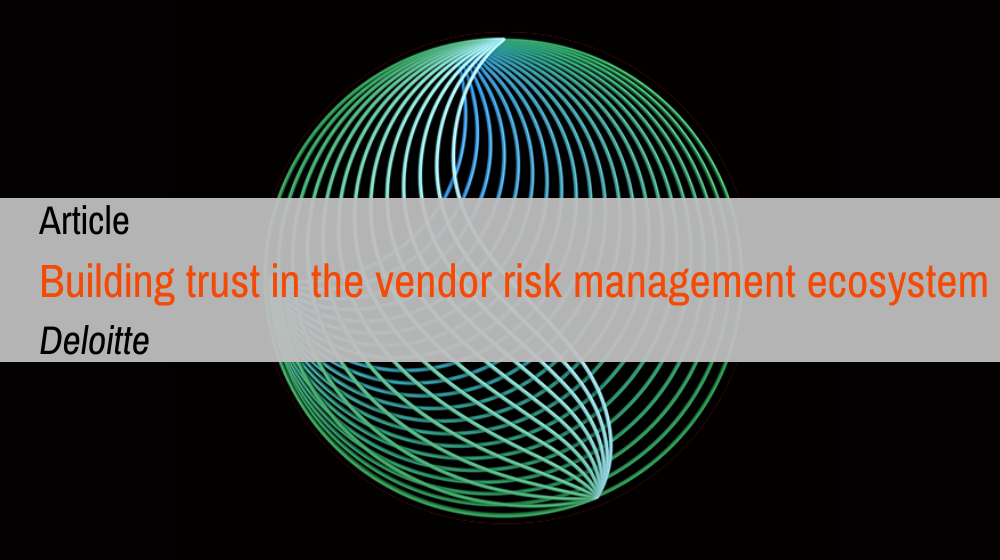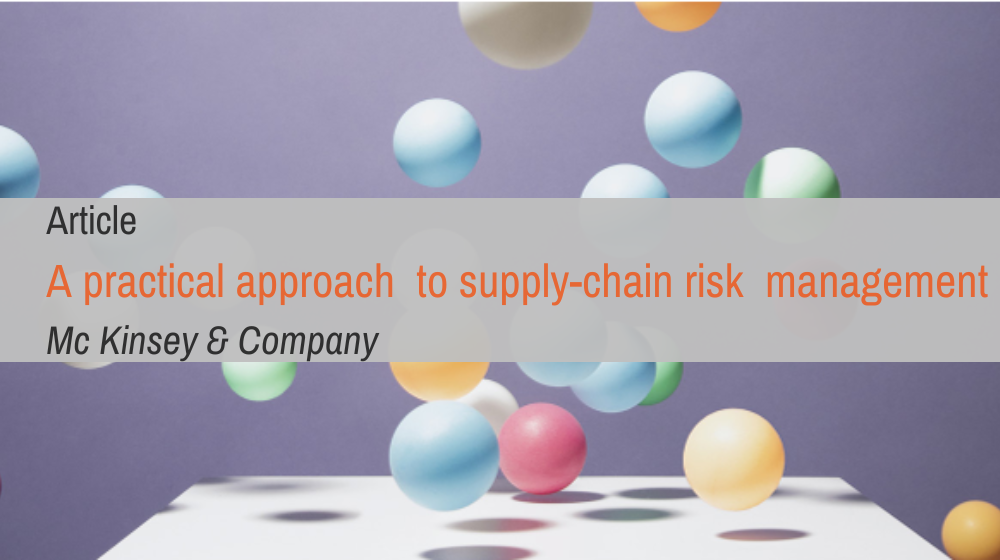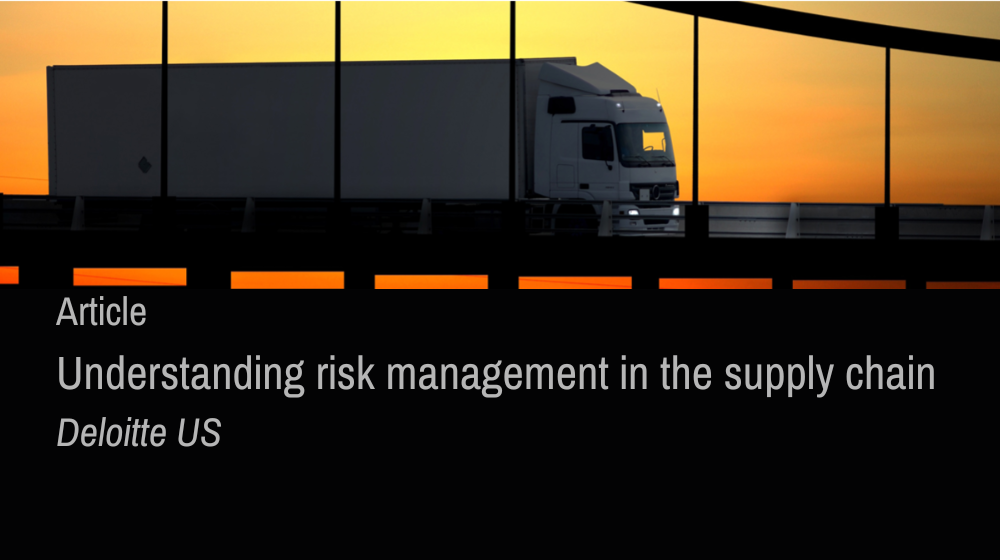PSD3 and PSR
What is PSD3 and PSR?
One of the key regulations shaping this landscape are the Payment Services Directive 3 (PSD3) and the Payment Services Regulation (PSR). PSD3 and PSR, expected to come into effect around 2026, aim to enhance consumer protection, foster innovation, and improve the security of payment services within the European Union. By mandating stronger authentication processes and promoting open banking, PSD3 and PSR not only ensure a safer financial environment but also encourage competition and innovation among financial institutions. As a result, organizations must stay agile and proactive in adapting to these regulatory changes to maintain compliance and sustain their competitive edge.
PSD3 and PSR further explained
PSD3 (Payment Services Directive 3) and PSR (Payment Services Regulations) are key components of the evolving European regulatory framework governing payment services and electronic transactions.
What is the relationship between PSD3 and PSR?
- PSD3 is the directive—a set of goals established by the EU that member states must incorporate into their national laws.
- PSR are the regulations—country-specific laws created to implement the provisions of directives like PSD3.
The purpose of PSD3 (Payment Services Directive 3) and PSR (Payment Services Regulation) together is to modernize and harmonize the payment services landscape within the European Union.
Their combined goals include:
- Enhancing Security: Introducing stricter rules for Strong Customer Authentication (SCA) to combat and mitigate payment fraud.
- Improving Consumer Protection: Ensuring greater transparency, accountability, and protection of consumers’ rights and personal information.
- Fostering Competition: Leveling the playing field between banks and non-banks, encouraging innovation and reducing barriers to entry for new payment service providers.
- Streamlining Open Banking: Simplifying use cases and standardizing operations across markets to enhance the functioning of open banking.
- Increasing Cash Availability: Making cash more accessible in shops and ATMs without requiring a purchase
Together, PSD3 and PSR aim to create a more secure, efficient, and competitive payment ecosystem that benefits consumers, businesses, and financial institutions alike.
Why is PSD3 and PSR essential?
PSD3 and PSR are crucial because they aim to enhance consumer protection, foster innovation, and improve the security of payment services within the European Union. By mandating stronger authentication processes and promoting open banking, these regulations ensure a safer financial environment and encourage competition and innovation among financial institutions. This helps in creating a more secure and efficient payment ecosystem.
Your value from best-practice PSD3 and PSR
Implementing PSD3 and PSR regulations provides several strategic and operational benefits for companies, particularly in the financial services, banking, and FinTech sectors.
Here’s the value breakdown:
Enhanced Consumer Trust and Loyalty
Compliance with security standards (e.g., Strong Customer Authentication) builds trust by reducing fraud and improving the safety of transactions.
Transparent processes for data sharing and payments foster confidence, encouraging customers to use services more frequently.
Increased Market Opportunities
Open Banking Expansion: PSD3 supports more accessible and secure data sharing between banks and third-party providers, creating opportunities for innovation.
Companies can develop new services (e.g., personal finance management, payment platforms) leveraging customer-permissioned financial data.
Cross-Border Payments: Harmonized rules simplify operations in multiple EU countries, enabling companies to scale and serve new markets more efficiently.
Competitive Differentiation
Early adoption of PSD3-compliant systems positions companies as leaders in innovation and compliance.
Offering services aligned with PSD3 (e.g., instant payments, secure APIs) can attract partners, customers, and investors looking for forward-thinking businesses.
Reduced Fraud and Financial Crime
PSD3 strengthens anti-fraud measures, potentially saving companies money by reducing fraudulent activities and related costs.
Enhanced data security and monitoring systems reduce operational risks associated with financial crime.
Operational Efficiency
Streamlined and standardized regulatory requirements reduce complexity in managing payments across different jurisdictions.
APIs mandated by PSD3 simplify integration with third-party service providers, reducing development and maintenance costs.
Data Monetization Opportunities
Open Data Economy: PSD3 encourages data-sharing ecosystems, allowing companies to monetize anonymized or aggregated customer data (with consent) through innovative services.
Access to banking data from other providers helps companies enhance offerings, such as customized financial products.
Future-Proofing Against Regulatory Risks
Proactive compliance avoids penalties and reputational damage due to non-compliance.
Future regulations will likely build on PSD3; adopting robust systems now makes it easier to adjust to future changes.
Improved Customer Experiences
Real-time payment services and more intuitive authentication mechanisms provide better user experiences.
Transparency in pricing and fees aligns with consumer expectations and regulatory demands.
Collaboration with FinTechs and Banks
PSD3 facilitates a level playing field for new entrants (FinTechs) and traditional institutions, encouraging partnerships.
Traditional banks can collaborate with FinTechs to leverage their agility in creating customer-centric solutions.
To download information on PSD3 and PSR in PDF click below
How to approach the implementation/compliance with PSD3 and PSR?
Vendor Selection: Establish criteria to evaluate vendors, including standards for cybersecurity, business continuity, and compliance.
Continuous Monitoring: Track vendor performance and adherence to agreements, ensuring ongoing alignment with organisational needs.
Due Diligence: Collect proof of vendor practices, such as certifications (e.g., ISO 27001), to verify their ability to meet standards.
Risk Response: Identify, document, and mitigate any emerging risks to minimise potential disruptions.
Vendor Risk Assessment: Evaluate each vendor’s impact on the organisation and assign a risk level to guide monitoring frequency.
How we can help
Our solutions
BR1GHT offers a range of solutions to support your VRM programme through technology, consulting, and managed services. We help to define and improve your first line controls, embed VRM into your second line risk & compliance processes, and enable your third line internal audit function to perform Vendor Risk Manaement audits.
Technology Consulting
Specialist Consulting
Managed Services
Related information

How to realise good governance
After more than 30 years working in the area of good governance and internal control, we see many organisations still struggling to realise the right level of internal control. Many are below the desired level to manage their risks sufficiently, while others are tired...

14 SAP S/4 HANA and rise authorization migration pitfalls and recommendations
At BR1GHT, we recognize that more and more clients tend to move towards SAP S/4HANA. This transition is more than a technological upgrade; it’s an opportunity to optimize your operations, align with compliance standards, and enhance your business value. Within this...

Building trust in the vendor risk management ecosystem I Deloitte
How can you build trust in your vendor risk management ecosystem? Organisations have three opportunities to build trust in the ecosystem mentioned below: 1. Building Trust at a Policy Development Level Organizations often have vendor-related policies, but these...

A practical approach to supply-chain risk management I McKinsey & Company
In the last decade, a number of organizations have been rocked by unforeseen supply-chain vulnerabilities and disruptions, leading to recalls costing hundreds of millions of dollars in industries ranging from pharmaceuticals and consumer goods to electronics and...

Excited to Announce: BR1GHT is the First Gold Partner of RiskChallenger
We are excited to announce that BR1GHT is the first Gold Partner of RiskChallenger! This collaboration enables us to provide our clients with a dynamic tool that simplifies risk identification, analysis, and control, fostering a proactive risk management culture. By...

Understanding risk management in the Supply Chain I Deloitte US
A business is only as strong as the chain of suppliers it works with. So leaders must recognize and work to understand the factors that promote strong risk management in the supply chain. Ensuring that your goods arrive on time is only a piece of the whole. Managing...
